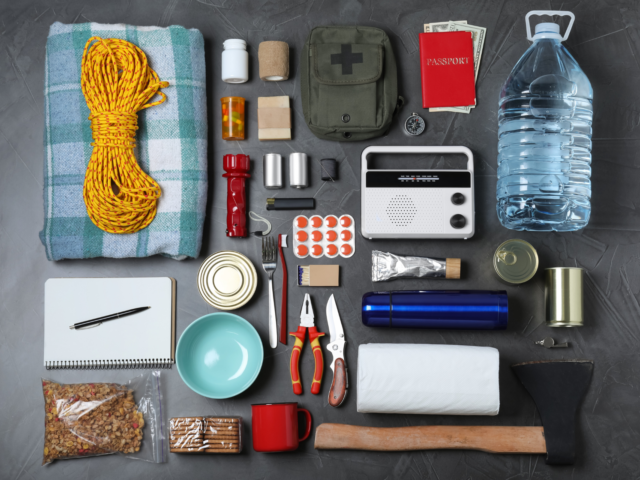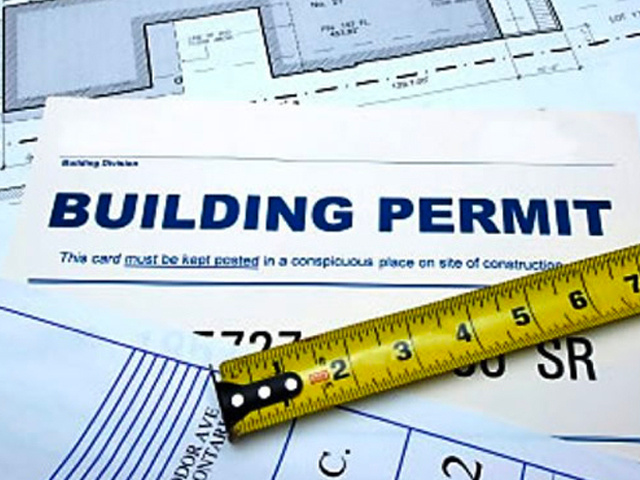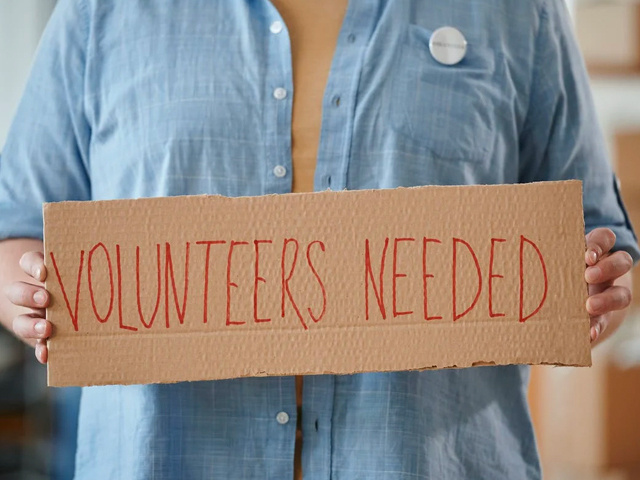Know Your Risk
Communities use flood maps to identify areas with the highest risk of flooding. Use FEMA’s flood mapping tool to determine your property’s flood zone. Areas located in a Special Flood Hazard Area are at higher risk, but even if your property is outside that area, it could still flood - it just means you have a lower or moderate risk.

Purchase Flood Insurance
Damage from coastal or inland flooding is not covered under home insurance and requires a separate policy. Visit floodsmart.gov to learn more.

Evacuating
Evacuation orders are issued to protect people from storm surges or those living in low-lying areas prone to flooding. City officials will announce areas where people need to evacuate if needed.

Protect Your Property
Prepare
- Buy flood insurance. Damage from coastal or inland flooding is not covered under home insurance and requires a separate policy. Visit floodsmart.gov to learn more about how to get a flood insurance policy.
- Elevate equipment such as HVAC unit, ductwork, water heater, washer dryer, or plumbing that is in an area susceptible to flooding.
- Keep a record of your personal property by creating an itemized list of furniture, clothing, and valuables. Back it up with photographs or video. These actions will assist adjusters if you need to make a claim.
- Protect your insurance policies and important documents in a secure place like a deposit box or water-tight container.
- Learn to safely shut off utilities, as well as where gas pilots and water mains are located.
Protect
- Lock doors and windows to ensure they are closed tight to help protect against strong winds and rain. Permanent storm shutters or 5/8’-inch marine plywood can also be used to prevent damage to windows during a storm.
- Clear clogged rain gutters.
- To reduce roof damage, install straps or clips to securely fasten your roof to the frame structure.
Prepare
- Make a list of all outdoor items such as lawn furniture, trash barrels, or hanging plants that can be stored indoors in the event of a storm.
- Keep trees and shrubbery around your home trimmed. Remove diseased or damaged tree limbs that could be blown down during a storm.
Storage and Protection
- Anchor heavy outdoor objects with rope, chains, etc.
- Do not drain your entire swimming pool. If you decide to lower the water level, only remove 1-2 feet.
- Turn off the power to pool equipment. Remove the motor and relocate it to a high-and-dry place inside away from water and flooding.
- If you have time, remove all loose items from the pool area such as filter housetops, deck lid of filter, etc.
Prepare
- Check your car’s fluids (gas, oil, and water). Your car should always be ready to go in case of an emergency.
- Keep current photos of your vehicle, especially before a potential storm, to document the current condition of the vehicle.
- Store local maps in case you have to evacuate.
Storage and Protection
- Remove important documents like the vehicle’s title or insurance papers and any valuables.
- Remove exterior items that aren’t permanent (bike racks, extra antennas, magnetic signs, etc.).
- If possible, park your vehicle in a garage. If this is not possible, park on high ground and make sure it's away from anything that might fall during a storm such as telephone poles, tree limbs, signs, etc.
After the Storm
- Take photos of the vehicle's condition in case you have to file an insurance claim.
- Consider having a mechanic look over the vehicle to make sure all the internal components are working properly.
Prepare
- Determine in advance where to keep your boat in the event of a hurricane and how you’ll get it there. If you decide to move your boat, do so before a hurricane watch is posted as many bridges may be closed.
- Have supplies to secure your boat readily available (i.e. extra lines, chafe protection, fenders, anchors, port plugs, duct tape, and extra batteries).
Storage and Protection
- Boats stored ashore are more likely to survive a storm than boats in the water. If possible, store your boat in a garage.
- If you decide to use a trailer, park the trailer near a building and lash it down with chains or heavy ropes away from objects that could fall on it. Release some air in the tires and place blocks beneath the wheels to prevent the trailer from moving.
- Add weight to the boat by filling no more than halfway with fresh water and leaving the drain plug in. Overfilling could damage the trailer. Insert wood blocks between the trailer frame and springs for extra support.
- If securing your boat at the marina, use the “spiderweb” technique. Boats left in boat slips should be secured by ropes in an arrangement that resembles a spiderweb to allow the boats to remain in position even if bounced around by a storm.
- If you can’t remove your boat from the water, move it to the safest refuge possible. The best anchoring is usually found in the sand followed by clay, hard mud, shells, broken shells, and soft mud.
- Remove anything that can become loose during the storm including unstepping the mast in sailboats. Remove boat documents, radios, and other valuables.
- Remove outboard motors.
-
Report a Problem Accessible Resources Animals & Pets Adoptions, Shelters & Licensing Animal Control Dog Friendly Parks & Beaches Rabid Animals Courts & Jury Duty Elections & Voting Register to Vote Emergency Preparedness Before Make a Plan Make a Kit Protect Your Property Prepare Your Pets for Disasters Know Your Hazards During Evacuating Evacuation Centers After Stay Informed VBAlert VBCERT Homes & Neighborhoods Neighborhood Associations Property Search Housing & Homelessness Launch Virginia Beach Considering a Business Create a Business Plan Choose a Business Structure Finance Your Business Regulatory Requirements Hiring Your Workforce Starting a Business Steps to Launching a Business Registering a Business Choosing a Location Businesses Near Oceana Expanding Your Business Doing Business With the City Government Contracting Opportunities Small Business Resources Documents & Forms Glossary of Terms Incentives Managing Your Workforce SWaM Training Sessions The HIVE's Workshops Tax Rates & Deadlines Closing Your Business The HIVE - Business Resource Center Learning Colleges, Universities & Trade Schools Public Library Public Schools Virginia Beach GrowSmart LGBTQ+ Community Resources Leadership & Legislation LGBTQ Employment Public Safety Liaisons Map Center Center for GIS Outdoor Event Permits Parking Property, Permits & Zoning Public Safety Emergency Communications & Citizen Services Emergency Medical Services Fire Department Police Department Sheriff's Office Transit and Transportation Bike, Walk & Roll Transit Road Closures & Impacts Trash & Recycling Trash Collection Recycling Collection Landfill & Drop-off Services Bulky Item & Yard Waste Collection Water & Sewer








